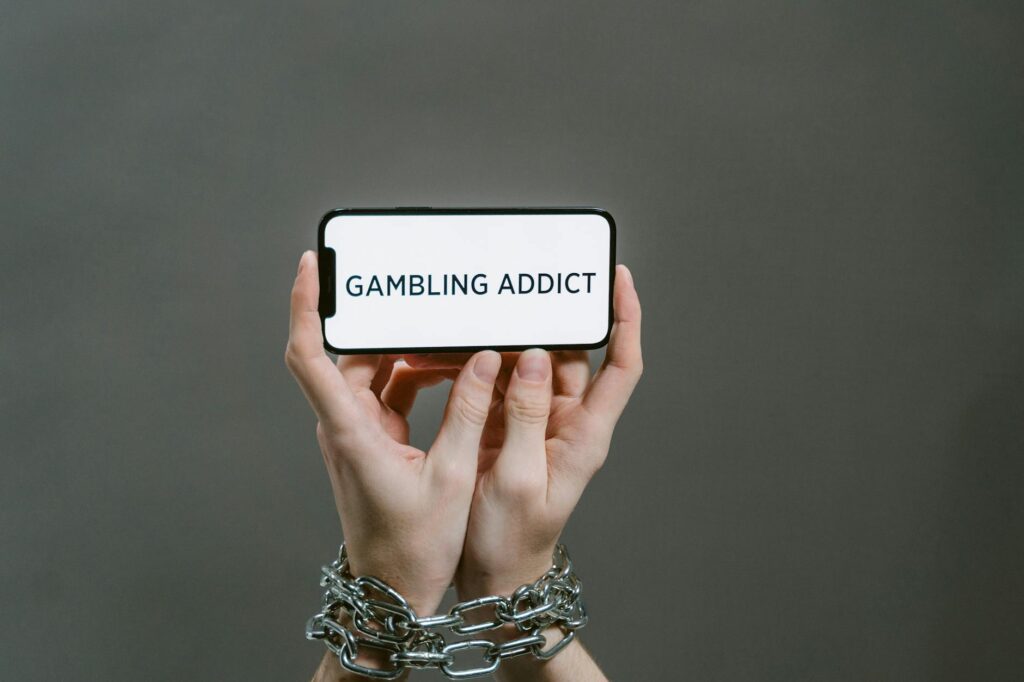What is tech addiction?

What is tech addiction?
In today’s rapidly evolving digital landscape, technology has become an integral part of our daily lives. From smartphones to social media, these tools offer convenience and connectivity at our fingertips. However, as we embrace digital advancements, there’s a growing concern: tech addiction. This phenomenon affects productivity, personal relationships, and mental health. As technology continues to shape our world, understanding tech addiction’s impact on our lives is essential for maintaining balance and well-being.
Defining Tech Addiction
Tech addiction, also known as technology addiction or internet addiction, refers to an obsessive dependency on digital devices, such as smartphones, tablets, and computers. It’s akin to other behavioral addictions where individuals struggle to control their usage despite adverse consequences.
Symptoms of Tech Addiction
Recognizing tech addiction involves identifying certain behaviors and symptoms. These may include excessive screen time, where individuals spend hours on devices at the expense of face-to-face interactions. Another symptom is neglecting responsibilities, as important tasks are often postponed in favor of online activities. Additionally, mood changes such as irritability, anxiety, or depression when unable to access technology indicate a potential problem. For more insights on these symptoms and how they manifest, visit Technology Overuse and Addiction.
Different Forms of Tech Addiction
Tech addiction isn’t limited to one form; it encompasses various digital activities. Social media addiction involves compulsive scrolling and posting, often leading to neglect of real-life interactions. Gaming addiction can result in significant time spent on video games, affecting daily routines and responsibilities. Smartphone dependency reflects an inability to function without constant device access, often leading to anxiety when separated from the device. You can explore these forms further at Technology Addictions: Social Media, Online Gaming, and More.

Photo by Tima Miroshnichenko
Causes of Tech Addiction
Understanding the underlying causes of tech addiction is crucial for addressing this issue effectively. Several factors contribute to its development, including psychological, social, and environmental influences.
Psychological Factors
Personality traits like impulsivity and a need for instant gratification can increase the risk of tech addiction. Mental health issues such as anxiety and depression can lead individuals to seek solace in digital spaces, using technology as a form of escapism. For a deeper dive into these psychological aspects, see the Causes of Internet Addiction.
Social Influences
Peer pressure and societal expectations play a significant role in fostering tech addiction. The constant need to stay connected and relevant in online spaces can drive individuals to prioritize digital interactions over real-world connections. The influence of social media culture, where likes and shares equate to self-worth, exacerbates this dependency.
Consequences of Tech Addiction
The implications of tech addiction extend beyond personal inconvenience, impacting mental health and productivity.
Impact on Mental Health
Tech addiction can lead to various mental health challenges, including anxiety, depression, and social withdrawal. The constant need for digital validation can erode self-esteem and foster feelings of isolation. For more information on the mental health consequences of tech addiction, check out Technology Addiction – Teen & Young Adult.
Effects on Productivity and Time Management
One of the most visible consequences of tech addiction is its detrimental effect on productivity. The constant interruptions from notifications and the allure of digital distractions can hinder focus and effective time management, making it difficult to accomplish tasks efficiently.
Strategies to Combat Tech Addiction
Addressing tech addiction requires proactive strategies to restore balance and foster healthier habits.
Setting Limits on Screen Time
Implementing daily screen time limits can help individuals regain control over their tech usage. Utilizing tools and apps designed to monitor and restrict screen time can be beneficial in enforcing these boundaries.
Creating a Tech-Free Environment
Establishing tech-free zones or designated times can encourage face-to-face interactions and promote a healthier work-life balance. This might involve creating a tech-free bedroom to improve sleep quality or setting aside hours in the day for family activities without digital interruptions.
Mindfulness and Self-Reflection Practices
Mindfulness techniques can raise awareness of tech habits and promote healthier behaviors. Encouraging self-reflection on technology use and its impact on daily life can be a powerful step toward recovery. For additional techniques on overcoming tech addiction, explore How to Overcome Tech Addiction.
Conclusion
Tech addiction is a pressing issue in our modern world, affecting mental health, productivity, and personal relationships. By understanding its causes and consequences, we can take steps to mitigate its impact and foster a healthier relationship with technology. Recognizing and addressing tech addiction is crucial for personal growth, productivity, and maintaining a balanced life. As we navigate the digital age, let’s strive for mindful technology use and prioritize our well-being.